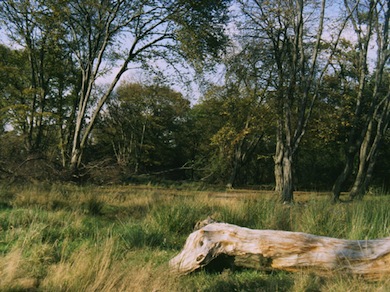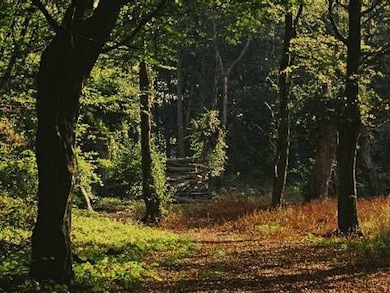A site of exceptional interest, only a small part of which is within Greater London. The woodland here is dominated largely by oak and hornbeam, the latter generally managed in the past by pollarding. Beech is also common in some areas, such as Reed’s Forest and Knighton Wood. This combination of beech and hornbeam is a particularly rare type of woodland. Grassland in the site contains several plants that are uncommon in London. Also on the site are the Grade II listed Queen Elizabeth’s Hunting Lodge, open to visitors throughout the year.Part of the site is included within a Site of Special Scientific Interest and a Special Area of Conservation (EU Habitats Directive), the vast majority of which lies outside London.
Local Wildlife Site
Accessible Sites of Importance for Nature Conservation
Epping Forest North
Borough: Redbridge, Waltham Forest
Grade: Metropolitan
Access: Free public access (all/most of site)
Area: 495.99 ha
Description
Wildlife
The woodland and ancient parkland trees are of immense importance for their fungi and insect life. There are exceptional beetle and hoverfly communities here, which include many nationally rare and scarce species. The site has a strong population of the declining stag beetle. The acid grassland supports heather, petty whin, mat-grass and heath-grass. There is also a rich breeding bird community, including sparrowhawk, marsh tit, mandarin duck and hawfinch. The site is also important for its reptile and amphibian populations.Facilities
Information (on signs and at the Epping Forest Field Centre in Essex); car parking; historic features; cycle paths; fishing; horse riding; recycling facilities; refreshments
View of Waterworks Wood, part of Epping Forest © Ian Yarham

Hornbeam pollards in Epping Forest © Peter Wakely/English Nature
Feedback
Have a question or a comment for this site, or notice anything missing or out of date? Please contact us.
